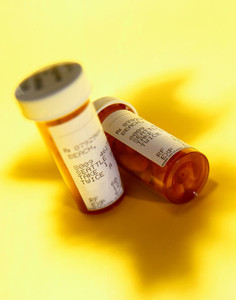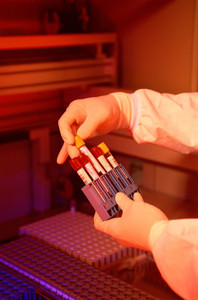As of 9 February 2019, most prescription medicines and some over-the-counter medicines supplied in the European Union (EU) are legally obligated to have a unique identifier (a two-dimension barcode) and an anti-tampering device on their outer packaging.
New safety requirements for EU medicines
Home/Policies & Legislation
|
Posted 15/03/2019
 0
Post your comment
0
Post your comment

These safety features are intended to protect patients and consumers against the threat of falsified medicines. Falsified medicines are fake medicines passed off as authorized medicines, which may contain ingredients which are of poor quality or in the incorrect dosage.
Manufacturers will upload the unique identifier codes for each individual medicine to a central EU repository. The repository is part of an end-to-end medicines verification system introduced by the new regulation. Depending on the medicine source, wholesalers will need to scan medicines at different points in the supply chain, and hospitals and pharmacies will then scan each medicine to verify their authenticity and check them out from the repository before dispensing them to patients. The anti-tampering device will show whether the packaging has been opened or altered since leaving the manufacturer, thereby ensuring the authenticity of the contents. These mandatory safety features form one aspect of the EU Falsified Medicines Directive aimed at strengthening the security of the medicine supply chain, from manufacturers to distributors to pharmacies and hospitals.
Although the safety features are now a legal requirement, medicines that were released for distribution or sale without the safety features before 9 February 2019 can still be dispensed.
Also, since February 2019, a new reporting form is available on the European Medicines Agency’s (EMA) website to be used by manufacturers when notifying EMA of any suspected and confirmed falsified medicines or suspicious offers. This will streamline reporting and investigating falsifications of centrally authorized medicines.
Related articles
European SPC waivers come closer to becoming a reality
EMA aims to improve the availability of medicines in Europe
Permission granted to reproduce for personal and non-commercial use only. All other reproduction, copy or reprinting of all or part of any ‘Content’ found on this website is strictly prohibited without the prior consent of the publisher. Contact the publisher to obtain permission before redistributing.
Copyright – Unless otherwise stated all contents of this website are © 2019 Pro Pharma Communications International. All Rights Reserved.
Source: European Medicines Agency
Guidelines
New guidance for biologicals in Pakistan and Hong Kong’s independent drug regulatory authority
Canada poised to remove requirement for Phase III trials for biosimilars
ANVISA tackles 24-month backlog in biologicals post-registration petitions

Home/Policies & Legislation Posted 10/10/2025
US EO: delivering Most-Favored-Nation Prescription Drug Pricing to American patients

Home/Policies & Legislation Posted 03/10/2025
Uruguay to establish independent AUVISA drug agency for healthcare reform

Home/Policies & Legislation Posted 17/09/2025
The best selling biotechnology drugs of 2008: the next biosimilars targets







Post your comment